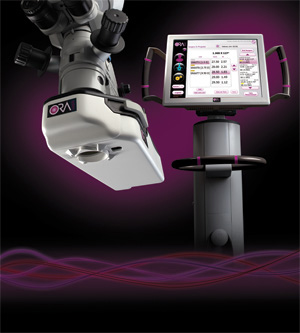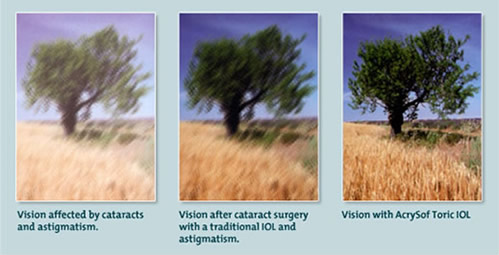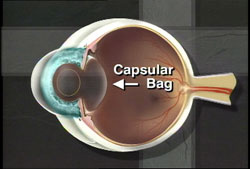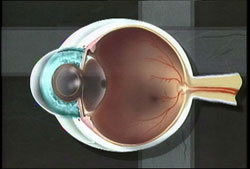ORA
 Dr. Hudson utilizes a specialized surgical confirmation tool which helps customize your vision even further during all custom cataract surgery procedures. The ORA (Optiwave Refractive Analysis) intraoperative aberrometry system provides real time analysis of your eye during surgery.
Dr. Hudson utilizes a specialized surgical confirmation tool which helps customize your vision even further during all custom cataract surgery procedures. The ORA (Optiwave Refractive Analysis) intraoperative aberrometry system provides real time analysis of your eye during surgery.
During standard cataract surgery, without ORA, various measurements are taken prior to cataract surgery in order to select the IOL or intraocular lens power, but there can be a margin of error when making the proper selection based on unknown surgical factors.
With the use of ORA with VerifEye during your cataract surgery, we can ensure your procedure will be optimized and the analysis will provide Dr. Hudson with information that helps to confirm the proper correction for optimal visual outcomes. For patients who desire to achieve a more precise outcome, such as those desiring monovision with astigmatism correction or optimal vision with a standard lens implant, those who have had prior LASIK or PRK, or those who are having a multifocal lens implanted, ORA with VerifEye can improve the accuracy to help reduce the need for glasses after your procedure.
Once you choose the intraocular lens that best fits your vision needs, opt for ORA, the most technologically advanced tool available for cataract surgery in the Fredericksburg area.







